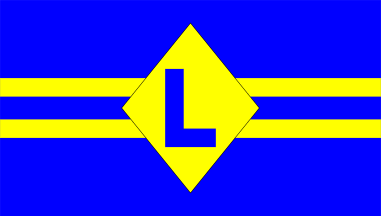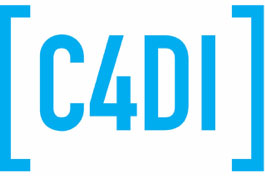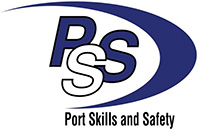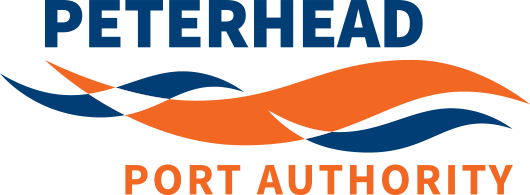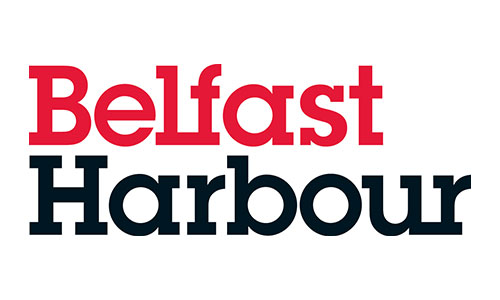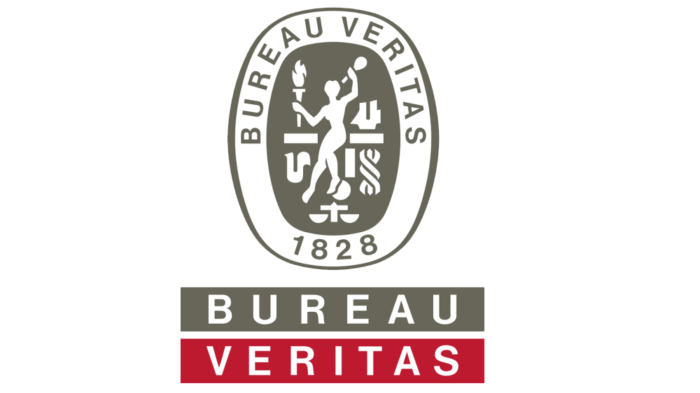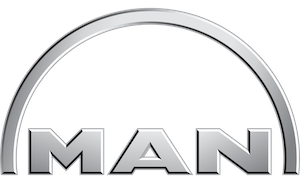What Are The Pilot Ladder Magnet Requirements
When rigging a combination ladder the SOLAS regulations require the pilot ladder to be secured to the ships side above the accommodation platform and for the accommodation ladder or pilot trapdoor arrangement to also be independently secured to the ships side. The reason for this is to prevent the pilot ladder or accommodation ladder from swinging away from the vessels side as she rolls. This makes the transfer from pilot ladder to accommodation ladder or vice versa much safer for the pilot as he moves from a stable, secured pilot ladder to a stable secured accommodation ladder.
Without securing the ladders they will be subject to the roll of the vessel which in a large swell can be significant. On a vessel with a large freeboard where the ladders are deployed from the vessels maindeck this can be a significant distance and the pendulum effect created by a rolling ship is magnified the lower you go.
SOLAS Chaper V Regulation 23 states
The accommodation ladder shall be sited leading aft. When in use, means shall be provided to secure the lower platform of the accommodation ladder to the ship's side, so as to ensure that the lower end of the accommodation ladder and the lower platform are held firmly against the ship's side within the parallel body length of the ship and, as far as is practicable, within the mid-ship half length and clear of all discharges.
When a combination arrangement is used for pilot access, means shall be provided to secure the pilot ladder and manropes to the ship's side at a point of nominally 1.5 m above the bottom platform of the accommodation ladder.
ISO 799 is more explicit regarding these securings.
A pilot ladder shall be secured to the ship’s side at either a hand-hold or by a mechanical device, typically magnetic clamps or a pneumatic suction pad. This equipment is only intended to bowse the pilot ladder or accommodation ladder to the ship side to prevent it from moving off the ship’s side in a seaway. This equipment is not intended to support the weight of the pilot, pilot ladder or accommodation ladder.
The means used to secure the accommodation ladder to the ship hull shall have a holding force of not less than 4 kN.
The means used to secure the pilot ladder side ropes to the ship’s hull shall have a holding force of not less than 3 kN each. They shall be able to be easily secured and removable by one person. Each magnetic clamp, suction pad or other method shall have a tether to prevent it from falling should it be dislodged. Each side rope shall be secured to the ship’s side using these means. In cases where two pieces of equipment are used, they shall be applied symmetrically.
In order to do this ships traditionally had recessed pigeon hole lashing points as shown in the diagram below.

The only problem with these lashing points is it is unlikely a vessel would have a set of lashing points for all operating drafts of the ship. What if the vessel is part loaded, fully loaded with a low density cargo or operating at an unusual draft? In these cases it is unlikely that there will be a set of pigeon hole lashing points to meet the SOLAS requirements.
In these cases we need a different type of securing and for these reasons we recommend ships should carry a pair of magnetic securing devices. Originally pioneered by Serpent & Dove and much copied since these devices provide two secure lashing points either side of the ladder to which the pilot ladder can be secured 1.5m above the accommodation platform. For ease of reference this places the securings between the fourth and fifth step ABOVE the platform. These must always be used in pairs.
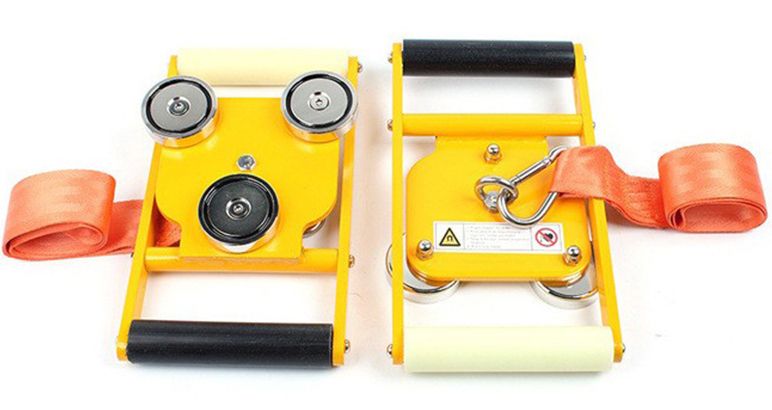
As can be seen from the ISO standard they need to have a minimum holding capacity of 3kN EACH. That’s 305kg of force! Many magnets currently on the market may look similar to the PTR Holland originals but don’t have sufficient holding power. Holding devices should have powerful neodymium magnets capable of withstanding these forces.
When rigging the magnets they should be done such that the straps (supplied with the magnets) are tight and pulling the ladder firmly in to the ships hull. Bare in mind that the paint thickness on the hull, corrosion and undulations in the steel may compromise the magnets ability to hold the pilot ladder in place. Ideally the hull should be smooth, corrosion free and not layered with paint.
Each magnet should be on an independent safety line so that they don’t fall in injure the pilot or pilot boat crew should they become dislodged!
We also need to ensure the accommodation ladder or trapdoor arrangement is held firmly against the ships side. As seen above the recessed lashing point or device needs to have a holding capacity of 4kN. The reason for this is that accommodation ladders and trapdoor arrangements are heavy and can easily exert forces of this magnitude when the ship rolls. For this reason we advise that ships DO NOT USE MAGNETS for this purpose. The accommodation ladder should be secured either by means of a recessed pigeon hold lashing point or a pneumatic suction pad.
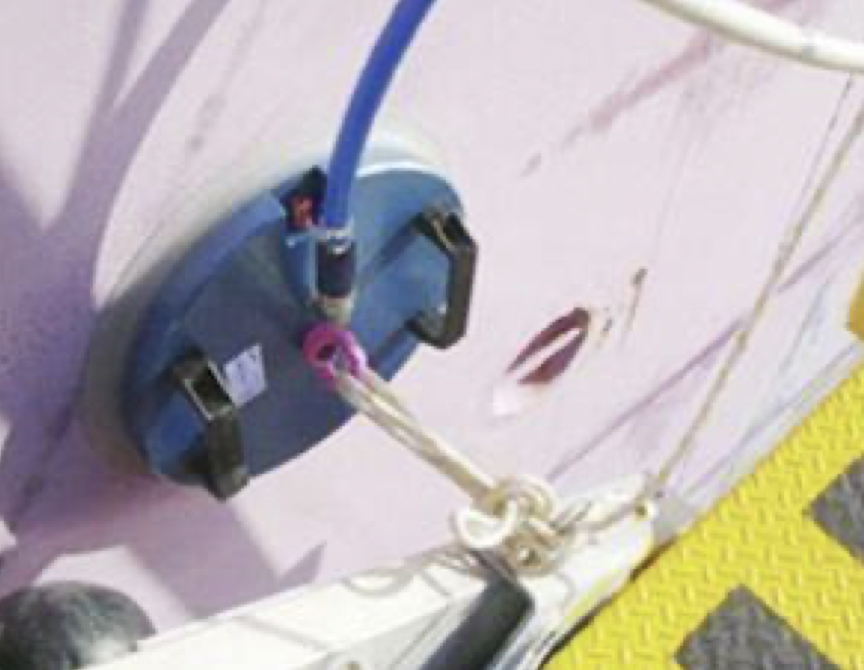
Using a magnet to secure the accommodation ladder may lead to the magnet being pulled away from the ships side when the vessel rolls and places the pilot in danger.
The flexibility that pilot ladder securing magnets offer make them an invaluable tool in ensuring your vessel is able to offer a compliant and SAFE combination pilot ladder arrangement.
Here is a video from PTR Holland showing how pilot ladder magnets are used
To ensure you crew are fully trained in rigging combination pilot ladder arrangements Fathom Safety offers high quality pilot ladder training courses designed for officers and crew. Our comprehensive course featuring immersive 3D animation is the perfect way of ensuring a compliant pilot ladder arrangement EVERY time.




